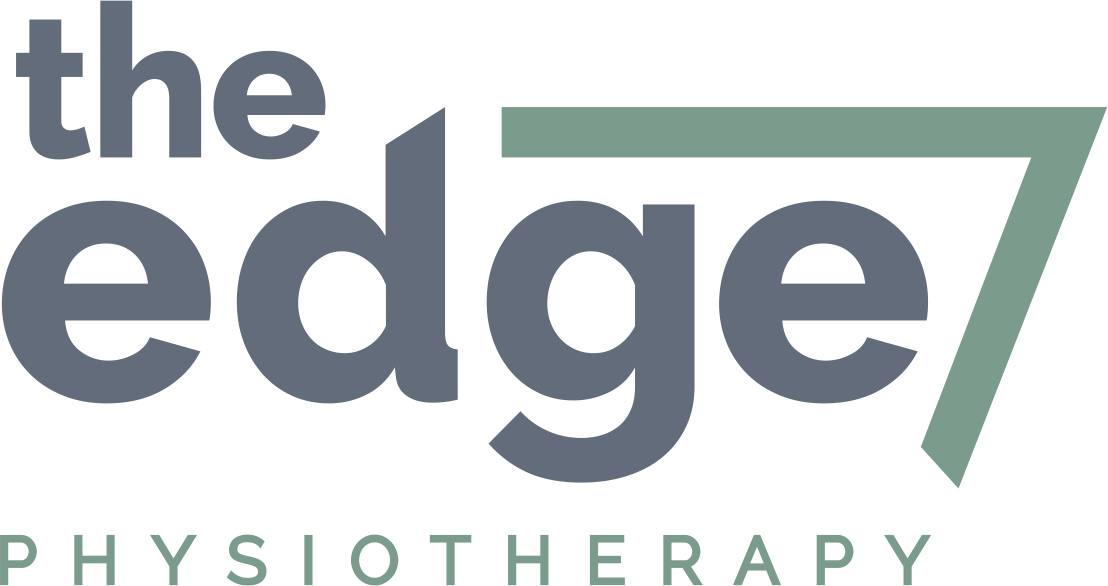Shoulder impingement, or “lack of space”
One of the most common diagnoses you’ll find in clinical practice is shoulder impingement, but what does it mean? it sounds like a pinched shoulder doesn’t it? In fact, shoulder impingement is interesting because as a diagnosis it actually says something about the biomechanics of the shoulder rather than a diagnosis of a specific tissue such as I tore a muscle or I strained this or broke that. Shoulder impingement says there isn’t enough room within the shoulder joint itself for things to function properly, and thus irritation occurs.
While the shoulder itself as a joint has the greatest range of motion in the body, it is also subsequently the most unstable joint in the body and small variations of bone/joint positioning can cause problems for the functionality of the shoulder itself. My favourite example to use in this instance is a car, while you don’t need to get your car aligned for it to be functional, overtime, poor alignment can lead to wear and tear on the car and tyres. This is also true for the shoulder joint, and conditions such as rotator cuff tendinitis or tears are prime examples of this.
Shoulder impingement is commonly seen in both traumatic and overuse injuries primarily involving the rotator cuff. Occuring in both young and older populations this can be due to anything from conditions like issues with the scapulohumeral rhythm, weak posterior rotator cuff and tightness, damage to the supraspinatus, and the old favourite, subacromial bursitis. Causes of shoulder impingement can include posture, weakness in the cuff, age related changes to the shoulder joint, hypovascularity, and the size of the acromion.
Signs and symptoms:
painful overhead activities like hanging out the washing
painful internal rotation of the shoulder eg. doing up the bra or putting something in your back pocket
pain of gradual onset that goes over the outer part of the shoulder and sometimes into the elbow
pain when lying on the shoulder at night
x-rays show erosion of the greater tuberosity and sometimes calcification of the supraspinatus
Ultrasounds show some tendon swelling, and thickening of the bursa or bunching of tendons in some chronic cases
Shoulder impingement can occur as a secondary outcome following trauma
While it would be nice if these conditions were straight forward, alas the shoulder in all it’s complexity requires an accurate diagnosis with a thorough assessment to pinpoint the exact causes of the impingement. With a pragmatic approach with smart and reasonable goals, you and your therapist can work towards sorting out this complex condition. Our Director Physiotherapist Andrew Dalgliesh is proficient at assessing and treating complex shoulder conditions and you can book online with him via the above link.
Should you have any questions relating to this post contact us via our social media platforms.
Sam and Andy


